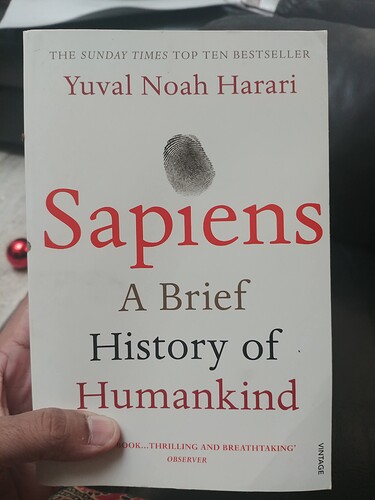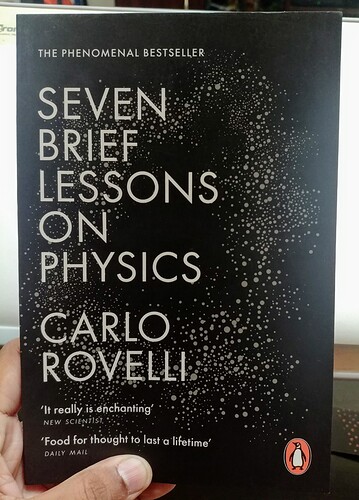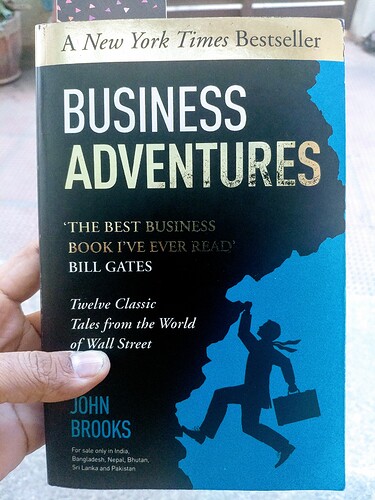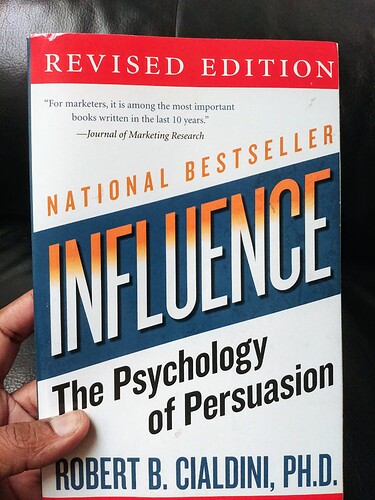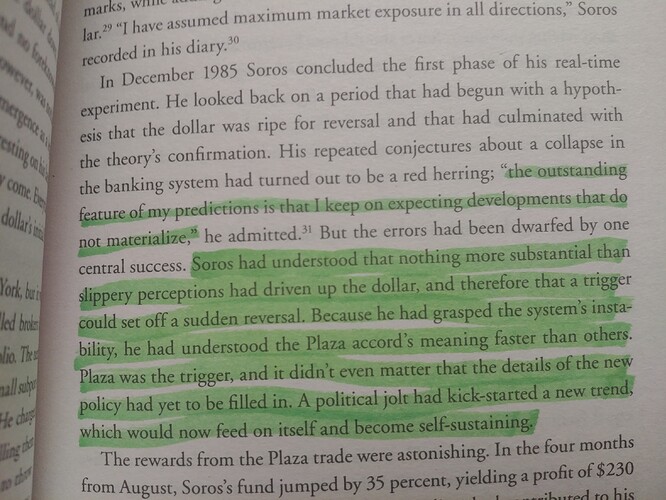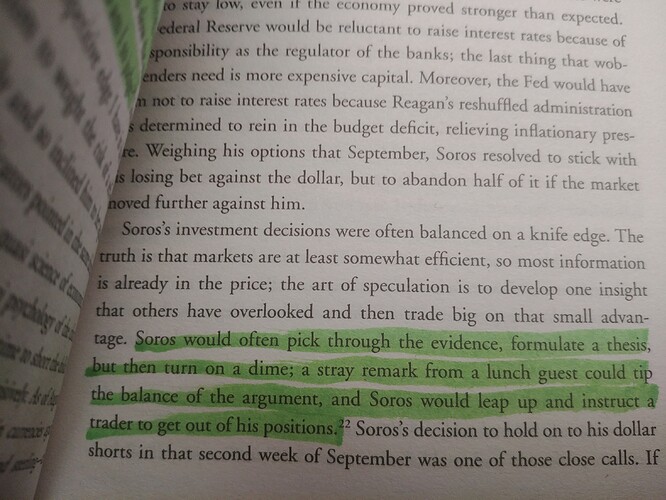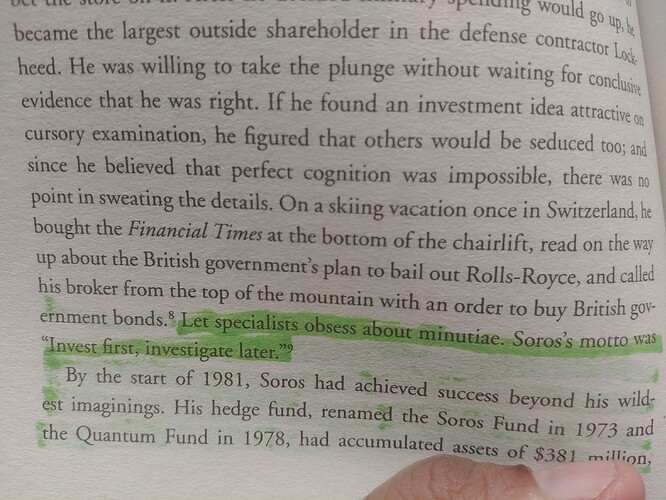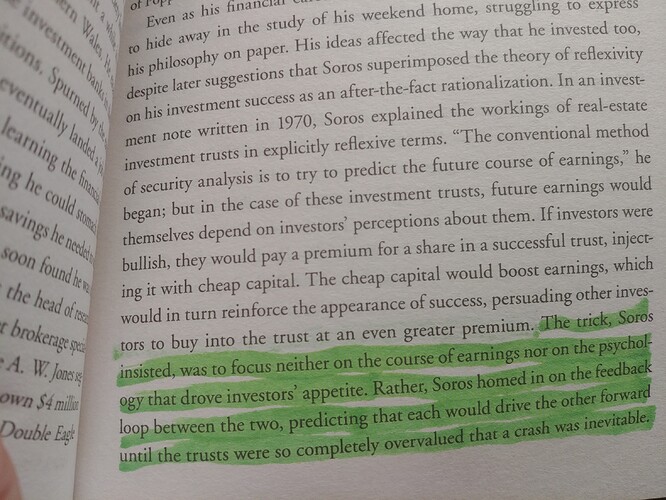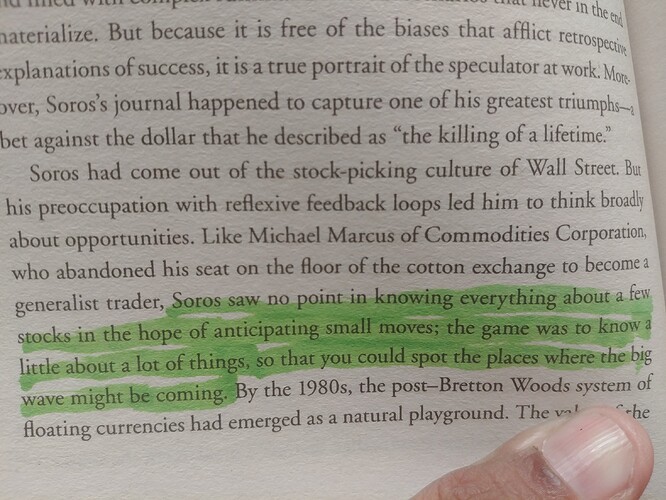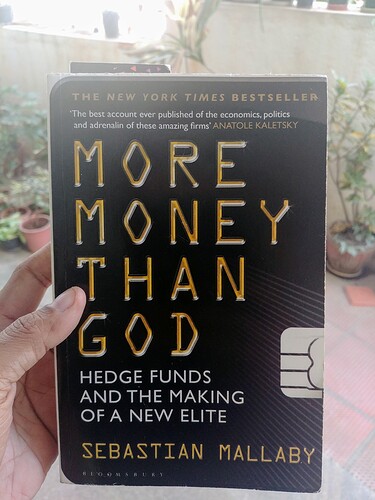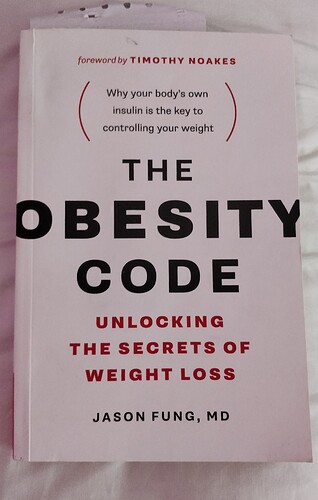Anti-fragile, Nassim Nicholas Taleb, 2012 - This took me a while to finish for various reasons, one of which was the repetitive nature of the book, sort of like essays/blogposts revisiting similar themes, so reading a few pages at a time feels complete and fulfilling that you don’t feel like reading more - sort of like having a chocolate from a box of favourites; you save it and savour it over time like wine or cheese, unlike a pizza.
As with any Taleb book, you learn a lot about psychology, probability, philosophy, empiricism and arts, mostly ancient. Some of the best I picked in this book are: via negativa which is to arrive at decisions by subtraction or negation, sort of like Munger’s inversion. Anti-fragility or being able to benefit from harm by positioning oneself for optionalities with limited downsides. Lindy-effect or how things that have lasted a long time will in all probability last a similarly long time and how neomania fits in the scheme of things and Iatrogenics where treatment is worse than the disease.
Using non-predictive approaches to building things by making them robust to change and conflation of event and exposure - or mistaking function of a variable for the variable itself (in investing most things are functions of themselves, so second (f’(x)) or third-order effects simply can’t be ignored). Another thing I take seriously when it comes to building things is tinkering - or what Taleb calls rational flâneur, where you tinker with passion and let the end-product take care of itself by changing decisions as the product takes shape - this is how any artisanal creation comes into existence - not by central planning and spreadsheets.
The book ends with the asymmetry in modern society where one gets to keep the optionality while another suffers the fragility (politicians, banks, big pharma) and argues for how old societies used to work where a ship’s captain will go down with the ship or where the builder of a bridge will have to live under it for a period (or as in Hammurabi’s code where a builder will be put to death if a building he builds crashes) and so on and leads into ‘skin in the game’, the last book in the series which I hope to read next year. 9/10


